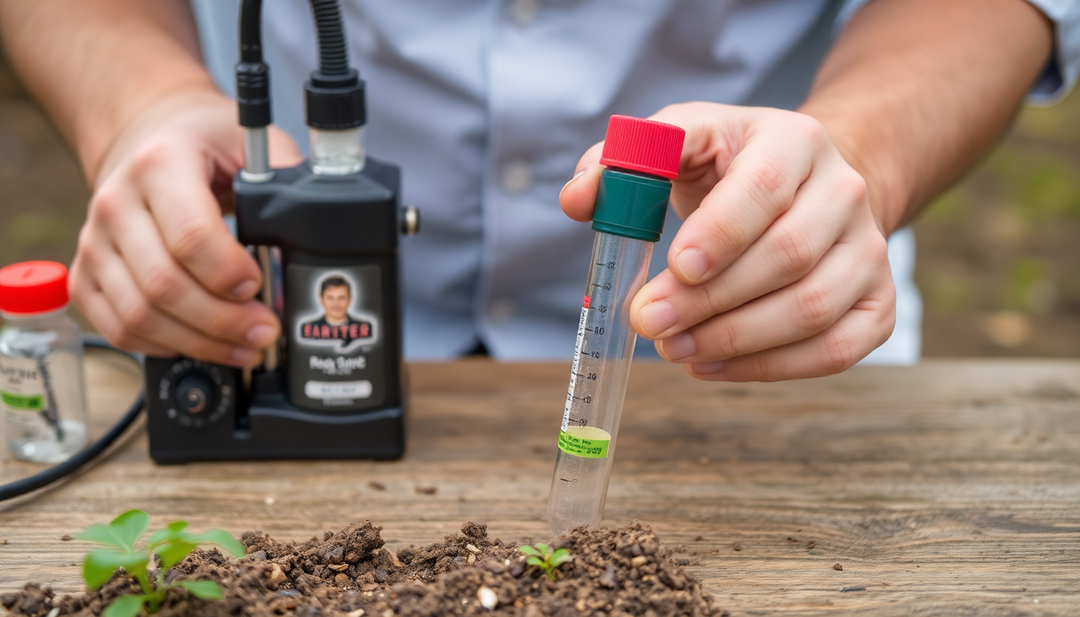ISDI: An important concept in land and waste management – What is ISDI?

What is ISDI?
The ISDI, or Inert Waste Storage Facility, is a key infrastructure in waste management, specifically intended for the storage of non-hazardous waste, also called inert waste . This waste mainly includes rubble, excavated soil, and other residues generated by construction and demolition activities.
Definition and Function of ISDI
The ISDI is designed to accommodate inert waste that, due to its nature, does not pose an immediate risk to human health or the environment. It allows these materials to be contained under controlled conditions, thus preventing their dispersion and potential impact on the ecosystem. Furthermore, compliance with environmental standards is essential to ensure the proper and safe management of inert waste.
Compliance with ISDI Environmental Standards
ISDIs must comply with specific regulatory requirements established to ensure that the storage of inert waste is carried out safely and in accordance with environmental standards. These requirements encompass the design, operation, and monitoring of facilities to minimize pollution risks, in accordance with the guidelines of the ICPE (Classified Installations for Environmental Protection).
Importance of ISDI in Waste Management
Securing Inert Waste
ISDIs play a crucial role in evacuation management by providing a secure solution for storing inert materials. In addition, they prevent waste from dispersing, thus contributing to the protection of soil and groundwater. Thus, this rigorous management helps prevent the negative environmental impacts associated with fly-tipping and complies with the recommendations of ADEME (French Environment and Energy Management Agency).
Contribution to Traceability
One of the major objectives of ISDI is to strengthen waste traceability. By ensuring precise tracking of the route taken by inert materials, ISDI facilitates the control and verification of waste management processes, in accordance with ADEME guidelines. and current regulations.
Storage and recovery of waste
Recycling Optimization
ISDIs are designed not only for storage, but also for recovery of inert waste. Thus, the sorting and recycling techniques implemented make it possible to transform waste into reusable materials. However, this approach contributes to reducing the consumption of natural resources and promotes a circular economy, in alignment with the sustainability objectives supported by the ICPE.
Impact on Natural Resources
By facilitating the reuse of inert waste, ISDIs reduce the need to extract new resources, thereby reducing the environmental footprint of industrial and construction activities. This sustainable materials management is essential for preserving natural resources and reducing associated environmental impacts, in accordance with the principles promoted by ADEME.

ISDI Standards and Regulations
Regulation and Compliance
ISDIs must adhere to strict standards defined by environmental authorities, including ICPEs. These standards cover various aspects of operation, from the construction of storage cells to rainwater and groundwater management. The prefectural decree sets out specific requirements to ensure the safe and environmentally friendly storage of inert waste.
Risk Management
Regulations require measures to prevent pollution and protect against leaks.
In addition, facilities must monitor and control to meet environmental standards.
Standards to be Respected by Companies in Matters of ISDI
Companies operating ISDIs must comply with several crucial standards to ensure efficient and environmentally friendly management of inert waste. These standards include:
- Compliance with the Prefectural Decree : Compliance with the conditions defined by the prefectural decree governing the operation of ISDI.
- Construction of Storage Cells : Compliance with technical specifications for the construction of cells in order to prevent risks of leakage and contamination.
- Water Management : Implementation of effective systems for the management of rainwater and groundwater in order to avoid the risks of pollution.
- Controls and Surveillance : Installation of monitoring and control systems to ensure compliance with storage standards and detect anomalies.
- Risk Prevention : Application of preventive measures to avoid contamination of soils and water tables.
ISDI and Environmental Protection
Prevention of Contamination
ISDIs play a crucial role in protecting the environment by securely storing inert waste, such as Earth and the demolition concrete . This management helps prevent contamination of soils and water tables, thus reducing risks to local ecosystems.
Reduction of Illegal Dumping
By providing a regulated storage solution, ISDIs help reduce the impact of fly-tipping. They also promote material recycling, which reduces the environmental footprint of construction and demolition activities, while supporting sustainable waste management efforts.
Challenges and Future Perspectives
Improving Sorting Techniques
The future of ISDI is focused on innovation and continuous improvement of inert waste sorting and recycling techniques. Challenges include adopting new technologies to optimize the recovery process and minimize environmental impacts.
Towards Sustainable Management
Future prospects for ISDI include a strengthened commitment to more environmentally friendly practices. The focus is on sustainable development and green growth, with initiatives aimed at improving inert waste management and promoting a more efficient economy.



